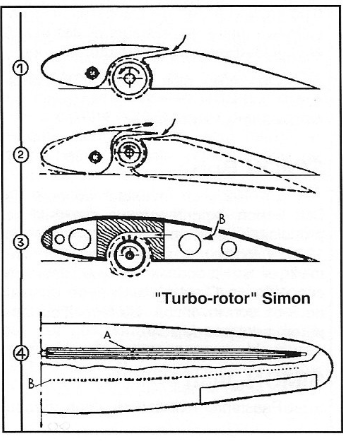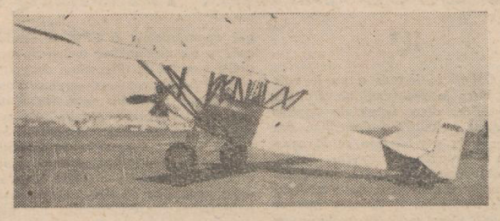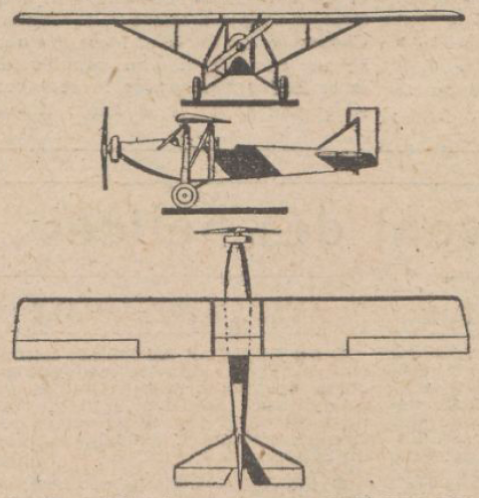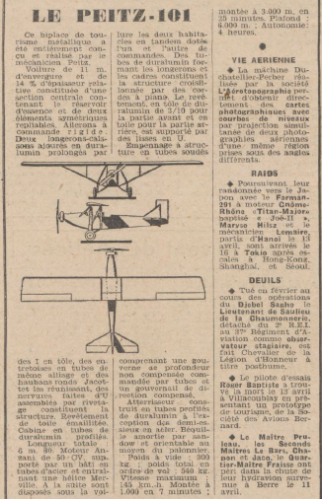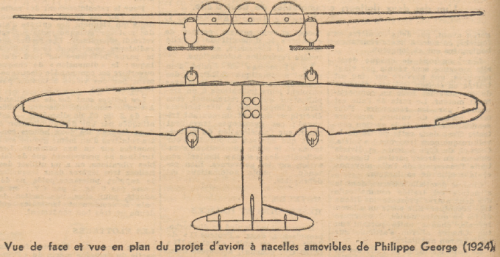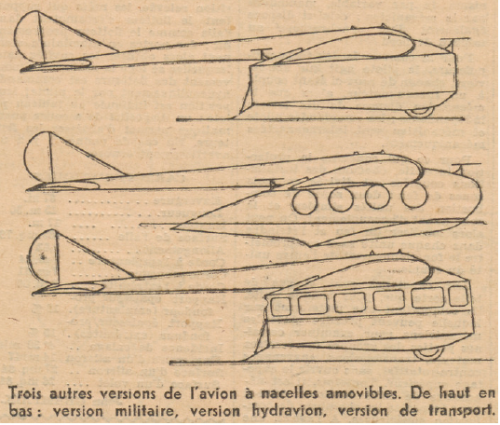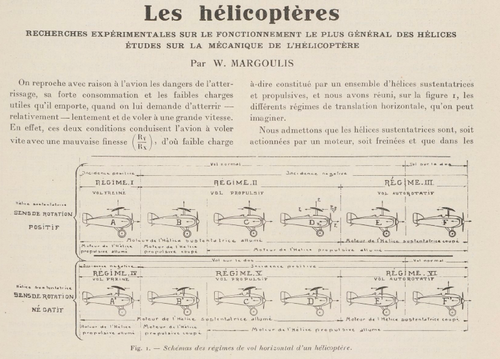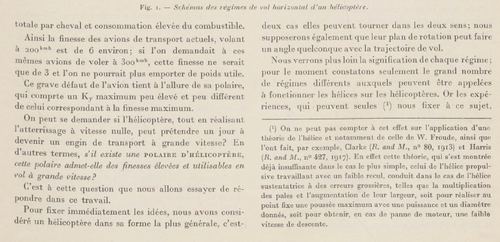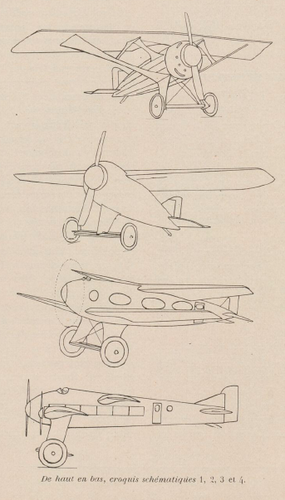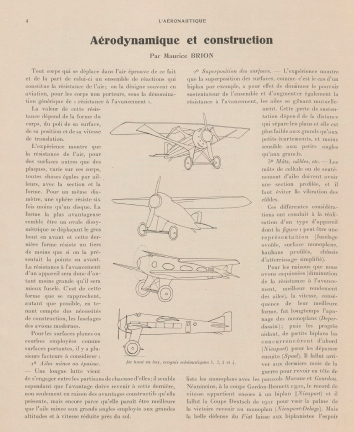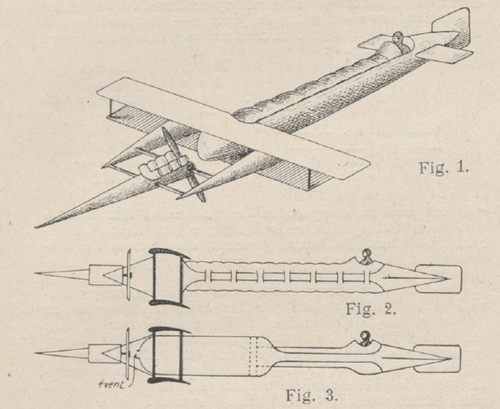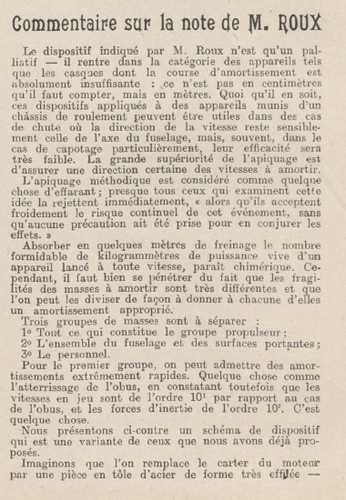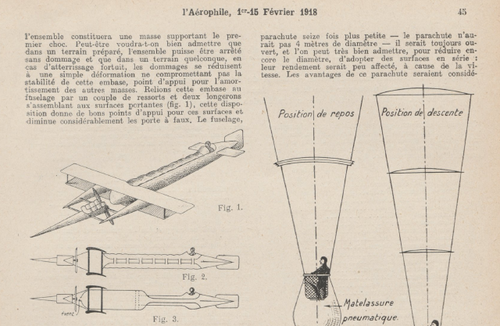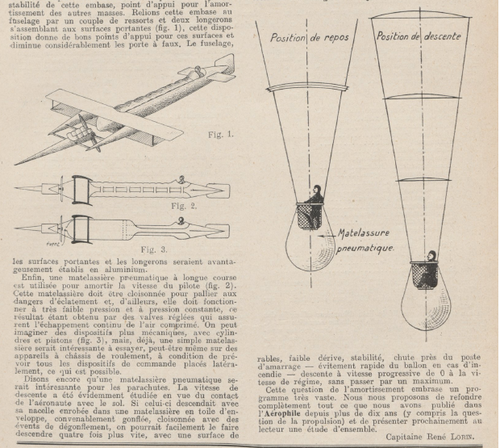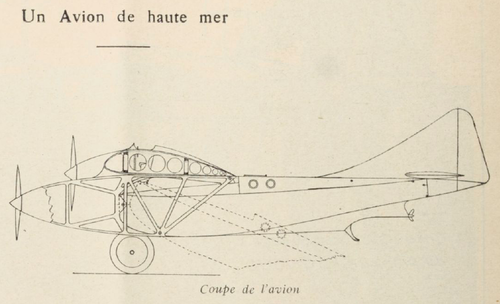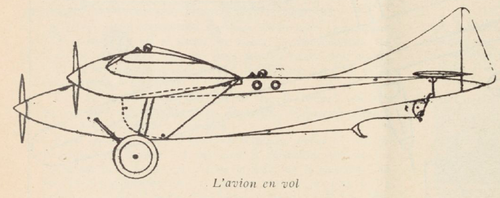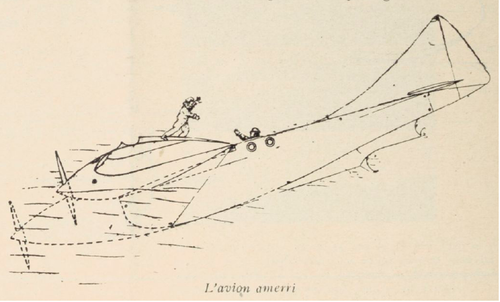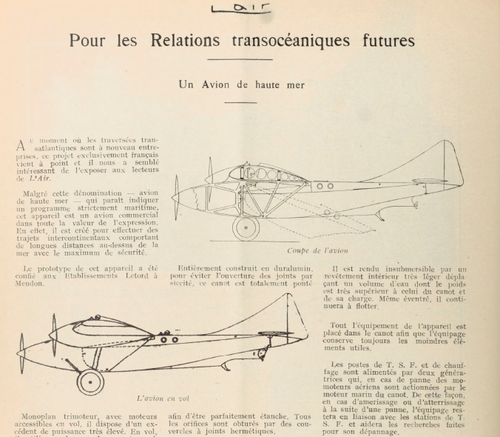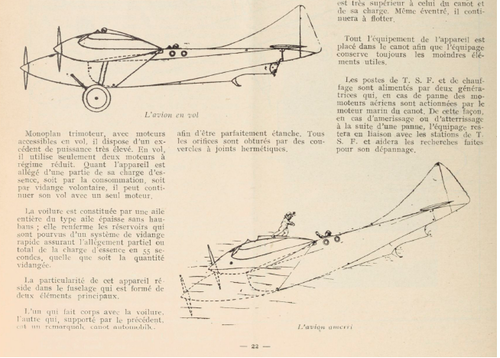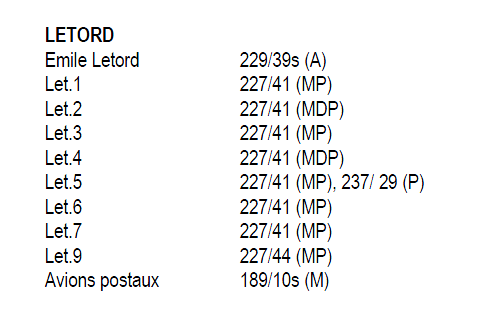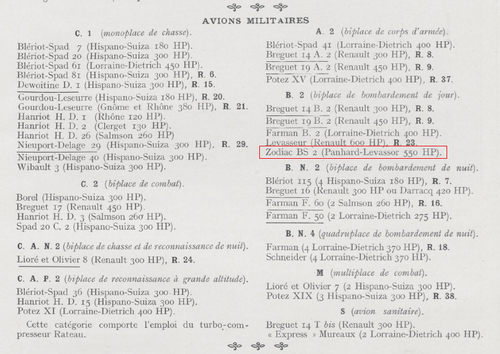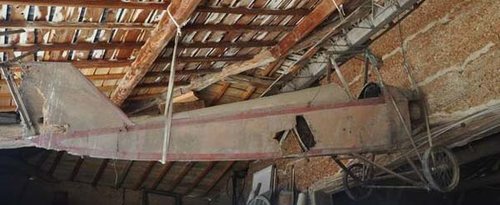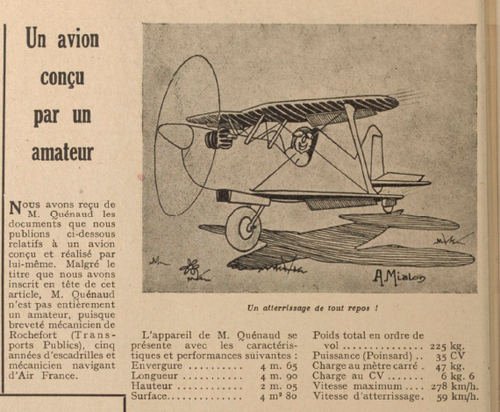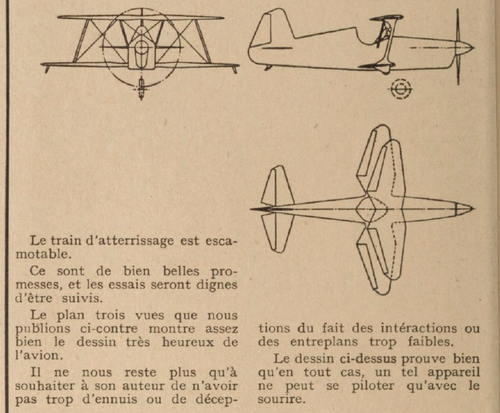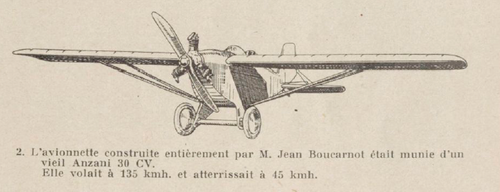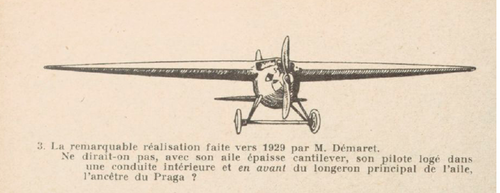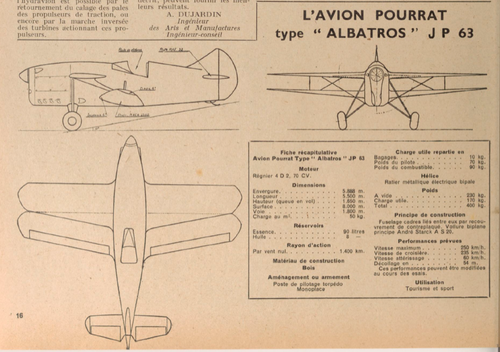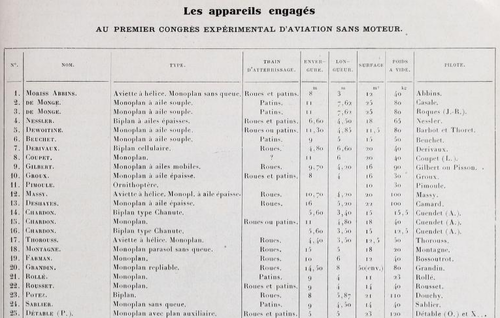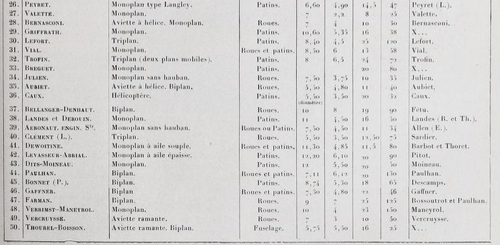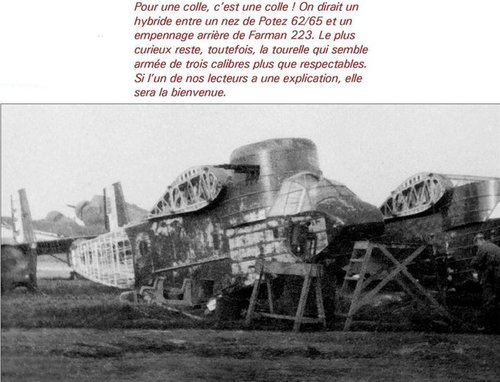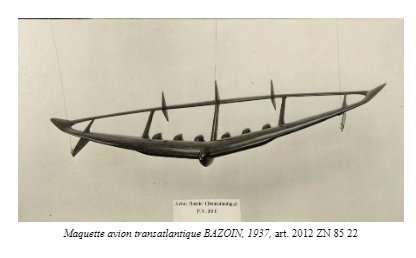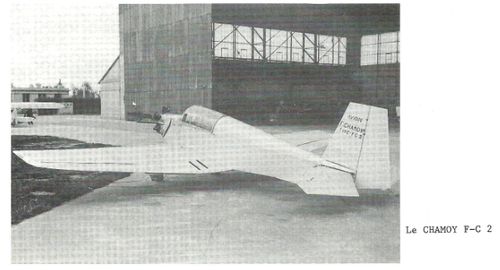It's important to remember that dates listed in the
ONERA: Essais en Soufflerie pdf correspond to wind tunnel tests. That gives a 'ballpark' for design/development but not a start date for a project.
One name in there is familiar ...
Rudolf Schul ... yes, he was German (and a member of the Modell- und Segelflug, Magdeburg). Schul patented the
Schulsche Flügelform (Patent 509465), an inherently stable wing design. In November 1930, the Magdeberg club began work on a tailless parasol glider - the Schul-Marczinski
Stadt Magdeburg.
With structural calculations by W. Marczinski, this glider was built to Schul's design (span 14.00 m, wing area 26.00 m2, NACA M 12 profile). Sometimes referred to by a generic name -
Schwanzloses Segelflugzeug Rudolf Schul - this glider flew in February 1931. Performance was generally acceptable but the wingtip rudders were considered too small to be truly effective.
--
http://www.volaticum.com/luftfahrt-geschichte-1931.htm
--
http://aviadejavu.ru/Images6/FT/FT1937/12/3561-1.jpg
--
https://www.j2mcl-planeurs.net/dbj2mcl/planeurs-machines/planeur-fiche_0int.php?code=1981
It seems that Schul was mainly interested in proving his wing theories. Here's something in English from
Development of Tailless and All-Wing Gliders and Airplanes, R. W. E. Lademann, NACA Technical Memorandum No. 666, National Advisory Committee For Aeronautics, Washington, DC, 1932, page 10
"Since 1929 Rudolf Schul has been investigating models with new inherently stable wings charactsrized by the fact that each outer portion of the wing forms a hollow halfcone with its open side down and its vertex coinciding with the end point of the leading edge of the central portion of the wing. The Göttingen and Munk profiles are used, including the N.A.C.A. profile M 12. According to the model tests, good lift-drag ratios are obtainable, even with a smaller. aspect ratio, which, according to Schul, is attributable to the favorable effect of the wing tips on the marginal vortices, Schul's models exhibited remarkable stability in straightening out from any attitude of flight."
A few more notes on names ...
Berthaume: Likely Maurice Berthaume an aeronautical engineer who, four years later, began teaching at the École polytechnique féminine.
Capazza: Possibly Louis Capazza but ... he was known almost exclusively for lighter-than-air ships.
Lemoigne: Probably
Ing. Pierre-Marcel Lemoigne. Best known for sport parachute design, he was became a test pilot in the 1930s (gaining a World altitude record in a Gourdou-Leseurre LGL-32). Before the war, Lemoigne was acquainted with Michel Détroyat (winner of two Coupes Michelin and the Thompson Trophy) and test pilot Louis Rouland (later killed flying the SNCASE SE.100). Later on, Lemoigne was also involved with the development of the SNCAC NC.1080 shipboard fighter prototype.
I note that Lemoigne was also testing an "
Aile avec dispositif hypersustentateur" or 'wing with high lift devices'.
Tixier: Possibly refer to Charles Léon Georges Tixier. If so, Georges Tixier would be killed on 04 December 1935 when his Caudron
Simoun (F-ANRK) clipped the trees and crashed while trying to land at Tours.
Viratelle: Possibly relates to a project by the Lyon firm Société Anonyme des Motocyclettes et Automobiles Viratelle . Perhaps a monoplane
avionette powered by one of Marcel Viratelle's motorcycle engines?

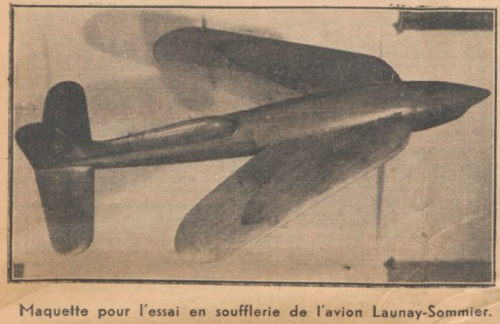
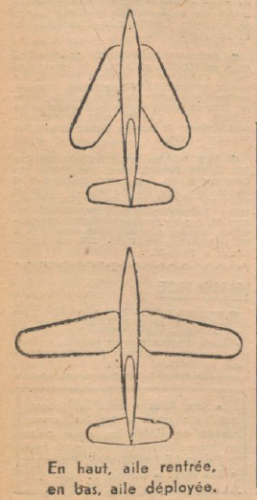
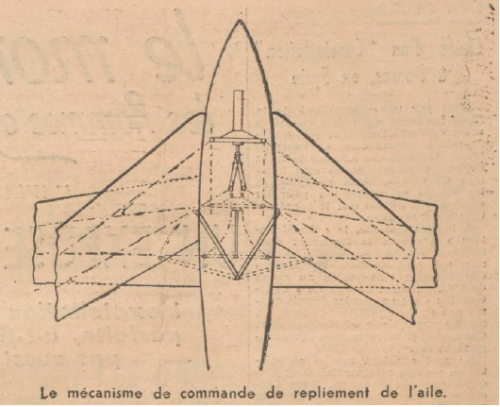
![Les_Ailes___journal_hebdomadaire_[...]_bpt6k9795503h_9.jpeg](/data/attachments/147/147368-a969c9e5b964e5aa5693f91062a28eda.jpg)
